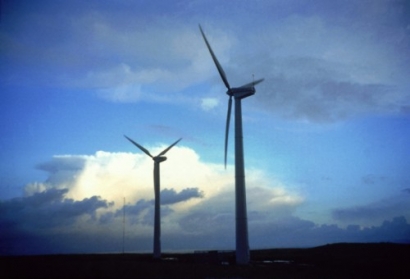
The company’s latest report ‘Italy Power Market Outlook to 2030, Update 2018 – Market Trends, Regulations, and Competitive Landscape’ reveals that, government policy is oriented towards scrapping coal based capacity between 2025 and 2030, while renewable energy auctions, to be started by 2020, will help to compensate for this loss.
Chiradeep Chatterjee, Power Analyst at GlobalData, commented, “Installed non-hydro renewable capacity increased from 1.7 GW in 2000 to 34.5 GW in 2017. Italy recorded notable progress with respect to the development of installed solar capacity, which grew from 19 MW in 2000 to around 19.7 GW in 2017. The onshore wind market also grew exponentially, from 364 MW to 9.8 GW, owing to strong policy support from the government in the form of FiTs. From 2018 to 2030, renewable installed capacity is expected to grow to 63.4 GW in 2030.”
Continuous modifications to the support schemes deter long-term investment planning and hinder access to financing and unclear taxation rules are also a significant barrier, especially for biofuels.
The study also states gas and oil-based capacities are expected to remain stable with some of its oil-based capacity expected to be converted to gas. Coal based capacity is expected to cease beyond 2024 due to the decommissioning of the existing coal based power plants
Installed thermal capacity grew from 53.5 GW in 2000 to 58.8 GW in 2017 at a CAGR of 0.6 percent. Thermal capacity accounted for 50.7 percent of installed capacity in 2017, of which gas contributed 41 percent, while coal and oil contributed respective shares of 7.5 percent and 2.2 percent. From 2018 to 2030, installed thermal capacity is expected to decrease to 51.1 GW.
Chatterjee concluded, “Thermal power’s share is expected to be overshadowed by non-hydro renewable power, with its share in installed capacity declining to 36.9 percent The share of non-hydro renewable capacity is expected to increase to 45.8 percent by 2030.”

